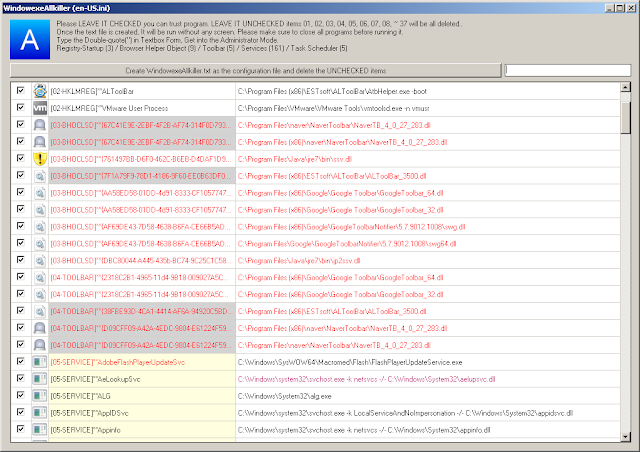Digital Life software free downloads and reviews at WinSite. Free Digital Life Shareware and Freeware. * If your product is not listed above, please visit the product page. Securely download free software and free-trials of paid. Battery Life Rankings Web. Applications, CAO, Digital Photography, Drawing, Screenshot.


Create brand portals to share your visual content more efficiently with Flight. • Organize all your team’s images and videos: Flight makes it simple to add tags and keywords to your brand assets. A central digital library greatly improves file search. • Assign user permissions: Control who can view, download and share images within or outside your organization. • Anytime, anywhere: Go mobile. See top search terms, most downloads and visual reports. • Start immediately: We make it easy to get your digital asset library in order.
This article needs additional citations for. Unsourced material may be challenged and removed. (June 2009) () A computer file is a for recording discretely in a. Just as words can be written to paper, so can information be written to a computer file. There are different, designed for different purposes.
A file may be designed to store a picture, a written message, a, a, or a wide variety of other kinds of data. Some types of files can store several types of information at once. By using computer programs, a person can open, read, change, and close a computer file.
Computer files may be reopened, modified, and copied an arbitrary number of times. Typically, files are organised in a, which keeps track of where the files are located on disk and enables user access. The twin of an system The word 'file' derives from the Latin filum ('a thread'). 'File' was used publicly in the context of computer storage as early as February 1950: In a (RCA) advertisement in describing a new 'memory' vacuum tube it had developed, RCA stated: 'the results of countless computations can be kept 'on file' and taken out again. Such a 'file' now exists in a 'memory' tube developed at RCA Laboratories.
Electronically it retains figures fed into calculating machines, holds them in storage while it memorizes new ones - speeds intelligent solutions through mazes of mathematics.' In 1952, 'file' denoted, inter alia, information stored on. In early use, the underlying hardware, rather than the contents stored on it, was denominated a 'file'. For example, the disk drives were denominated 'disk files'. The introduction, circa 1961, by the and the MIT of the concept of a ' that managed several virtual 'files' on one storage device is the origin of the contemporary denotation of the word. Although the contemporary ' demonstrates the early concept of files, its use has greatly decreased.
File contents [ ] On most modern, files are organized into one-dimensional arrays of. The of a file is defined by its content since a file is solely a container for data, although, on some platforms the format is usually indicated by its, specifying the rules for how the bytes must be organized and interpreted meaningfully. For example, the bytes of a plain text file (.txt in Windows) are associated with either or characters, while the bytes of image, video, and audio files are interpreted otherwise. Most file types also allocate a few bytes for, which allows a file to carry some basic information about itself. Some file systems can store arbitrary (not interpreted by the file system) file-specific data outside of the file format, but linked to the file, for example. On other file systems this can be done via or software-specific databases.
All those methods, however, are more susceptible to loss of metadata than are and formats. File size [ ]. Main article: At any instant in time, a file might have a size, normally expressed as number of, that indicates how much storage is associated with the file.
In most modern operating systems the size can be any non-negative whole number of bytes up to a system limit. Many older operating systems kept track only of the number of or occupied by a file on a physical storage device. In such systems, software employed other methods to track the exact byte count (e.g., used a special control character,, to signal the end of text files). Adobe Cs4 Master Collection Torrent Windows 10 more. The general definition of a file does not require that its size have any real meaning, however, unless the data within the file happens to correspond to data within a pool of persistent storage.